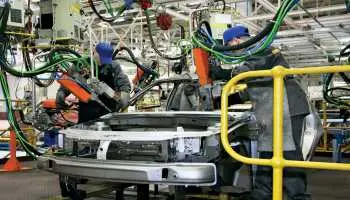EV battery reuse involves repurposing retired electric vehicle (EV) batteries for secondary applications once they no longer meet the performance requirements for automotive use. Although these batteries may no longer be suitable for powering vehicles, they often retain significant capacity—typically around 70-80%—making them ideal for less demanding energy storage needs. Common reuse applications include grid energy storage, backup power systems, renewable energy integration, and powering low-speed electric vehicles.
Drivers:
The growing adoption of electric vehicles has led to a significant increase in retired EV batteries, creating new opportunities for their repurposing in secondary applications. As sustainability becomes a key priority across industries, companies are increasingly exploring battery reuse to minimize waste and environmental impact. Technological advancements, particularly in battery management systems, have made it more feasible to utilize these batteries in applications such as grid energy storage and backup power. Additionally, government incentives and regulations promoting battery recycling and reuse are further accelerating market growth. These factors together are driving innovation and investment, shaping a more circular and sustainable energy ecosystem.
Challenges:
The North America EV battery reuse market faces several challenges that hinder its full potential. One major issue is the variability in battery quality and performance after their first life, which complicates the standardization and certification processes necessary for safe and efficient reuse. Additionally, the lack of uniform regulations and recycling infrastructure across states creates logistical and operational difficulties. High costs associated with testing, refurbishing, and repurposing used batteries also pose financial barriers. Furthermore, limited consumer awareness and acceptance of reused batteries in secondary applications can slow market adoption. Overcoming these challenges requires coordinated efforts in technology development, policy support, and industry collaboration.
Market Trends:
The North America EV battery reuse industry is growing rapidly, driven by sustainability and circular economy goals. Advances in battery management and energy storage enable reused batteries to be used in grid storage and backup power. Partnerships and collaborations among automakers, battery manufacturers, and energy companies are fostering innovation and expanding reuse opportunities, further shaping the region's EV battery reuse market.
North America EV Battery Reuse Market Key Players:
Ascend Elements, Inc., B2U Storage, Cirba Solutions, Moment Energy, Nissan Motor Co., Ltd., Renault Group, RePurpose Energy Inc., RWE + Audi, Spiers New Technologies Inc., Stena Metall, Tesla are just a few of the major market players that are thoroughly examined in this market study along with revenue analysis, market segments, and competitive landscape data.
North America EV Battery Reuse Market Segmentation:
By Application: Based on the Application, North America EV Battery Reuse Market is segmented as; Energy storage, Ev charging, Base stations, Low speed vehicles.
By Source: Based on the Source, North America EV Battery Reuse Market is segmented as; BEV, HEV & PHEV.
By Region: This research also includes data for Canada, Mexico, United States.
This study also encompasses various drivers and restraining factors of this market for the forecast period. Various growth opportunities are also discussed in the report.





































